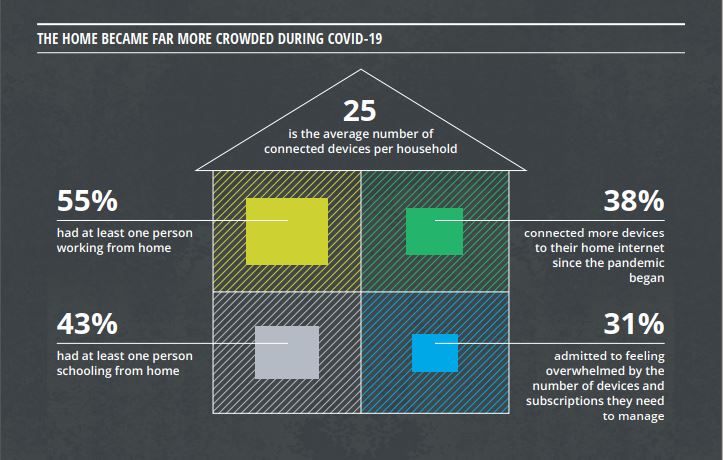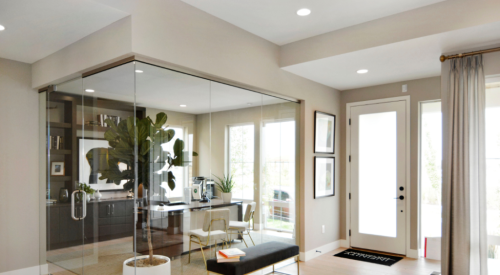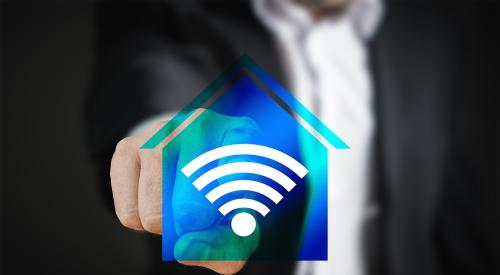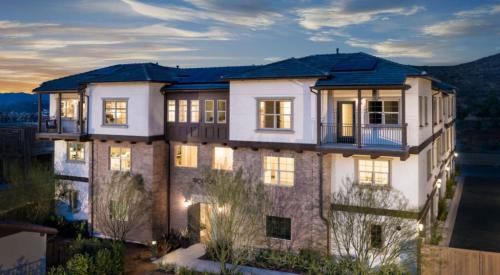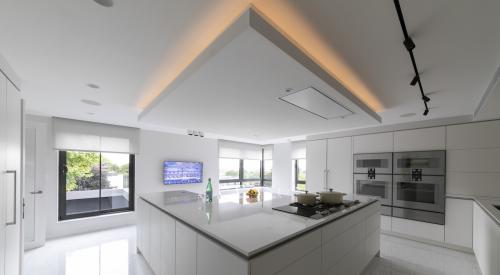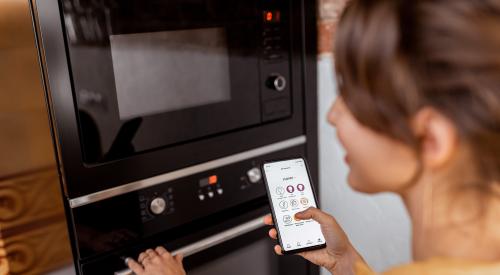We all know instinctively that 2020 placed extraordinary demands on the American home as people hunkered down to live, work, and learn. But builders need more than anecdotal evidence as they develop their next generation of floor plans and smart home offerings.
A new report from Deloitte Insights just might be able to help builders with their connected house plans. In its second annual Connectivity & Mobile Trends 2021 Survey, the consulting firm shares trends and statistics on technology usage in the home, smart home adoption, and homeowner pain points in “How The Pandemic Stress-Tested The Increasingly Crowded Digital Home.”
Smart Home Statistics for Home Builders
Here are five takeaways for builders who want to start building tomorrow's smart homes today.
- The pandemic accelerated the adoption of smart home technology. According to the report, Americans have drastically increased the number of connected devices in their homes, going from 11 such devices in 2019 to 25 in 2020. What are “connected devices”? According to Deloitte, this category includes laptops, tablets, and smartphones; video streaming devices and smart televisions; wireless headphones and earbuds; gaming consoles and smart home devices; fitness trackers and connected exercise machines, and others.
- Americans who value smart home technology are willing to invest in better home connectivity. “Of the two-thirds of households with smart home devices, 39 percent paid for increased Internet speed,” the report says. Frustration might have played a part in this decision; 28 percent of workers and 32 percent of students said they had a hard time getting online from certain spots in their homes. One of the top complaints from both groups was slow home Internet service, with 11 percent in both groups saying that was a major challenge when trying to work or learn at home. Many tried to fix the situation, adding wi-fi extenders, mesh networks, and hot spots.
- Video conferencing at home is here to stay. In addition to remote work and school, Americans experimented with telehealth during the pandemic, handing doctor visits via videoconference--and they liked it. Nearly two-thirds (62 percent) say they’d continue to do virtual visits once the pandemic is over, which means the need for more bandwidth at home is not going away.
- Online ordering, contactless payment, and home delivery of essentials and extras has become the norm. “Among those who began smartphone-based retail behaviors during the pandemic, around 70 percent intend to continue those behaviors after,” the report said. To serve these consumers, some builders are adding drop closets to their offerings, allowing homeowners to have their packages (or dinner) delivered somewhere more secure than their front porch.
- Americans wish their smart home setup was simpler. “Getting expanding suites of devices and services to work in concert is straining bandwidth, leading to signs of tech fatigue,” the report said. “One-third of survey respondents admit to feeling overwhelmed by the number of devices and subscriptions they need to manage.”
To read the Deloitte Insights report, click here.


